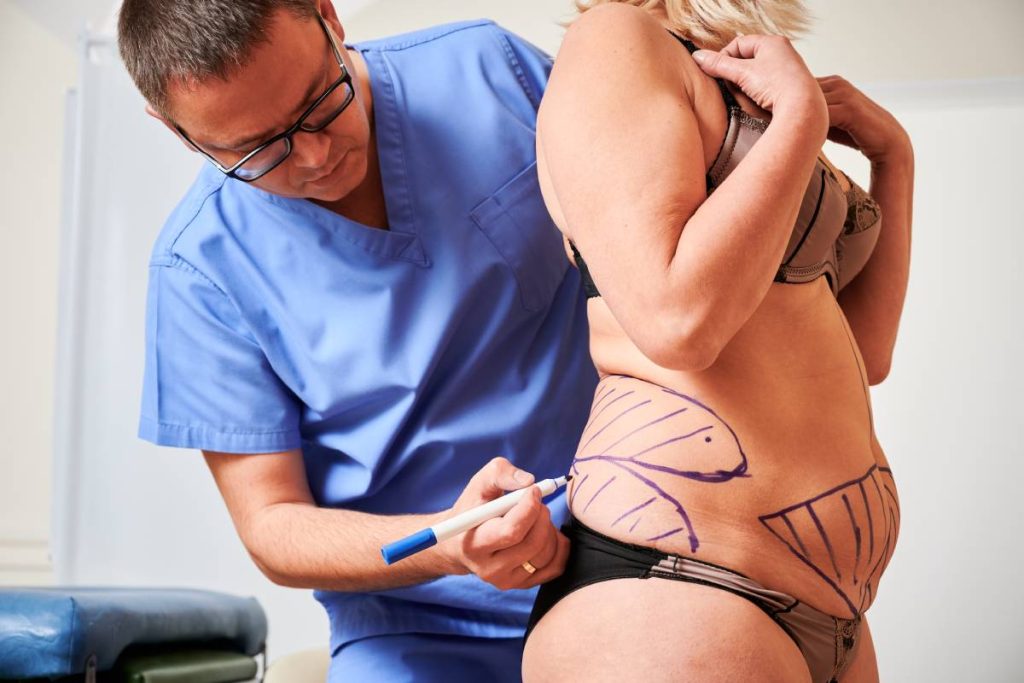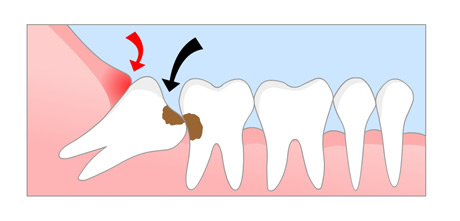This article explores what liposuction entails, who might benefit from it, and the safety considerations of undergoing the procedure.
Liposuction, often referred to as “lipo,” is one of the most popular cosmetic surgical procedures in the world. It involves the removal of excess fat deposits from specific areas of the body to improve body contour and proportions. While liposuction can be transformative for many, it’s important to understand that it’s not a weight-loss procedure but rather a body-shaping technique.
This article explores what liposuction entails, who might benefit from it, and the safety considerations of undergoing the procedure.
- Are paramedics in high demand in Australia? How do I become a paramedic in Australia? How much do Australian paramedics get paid?
- Most common procedures at that your dentist performs
- What are the Different Types of Massage ?
What is Liposuction?
Liposuction is a cosmetic surgery procedure designed to remove localized fat deposits from areas such as the abdomen, thighs, buttocks, arms, neck, and back. The aim is to enhance body contours and create a smoother, more balanced silhouette. During the procedure, a small, thin tube called a cannula is inserted into the fatty area through small incisions. The cannula is used to break up the fat deposits, which are then suctioned out of the body using a vacuum.
Liposuction techniques have evolved over the years, making the procedure more effective and safer than ever before. Common techniques include:
- Tumescent Liposuction: This is the most common form of liposuction. A sterile solution (a mix of saltwater, lidocaine, and epinephrine) is injected into the area being treated, which helps to reduce blood loss and minimize pain. The fluid makes the fat easier to remove and provides a buffer between the fat and surrounding tissue.
- Ultrasound-Assisted Liposuction (UAL): In this technique, ultrasonic energy is used to liquefy fat cells before they are suctioned out. This can be beneficial for areas with denser fat deposits, such as the back or male chest.
- Laser-Assisted Liposuction (LAL): Also known as SmartLipo, this technique uses laser energy to break down fat cells before they are removed. The laser may also help stimulate collagen production, potentially tightening the skin in the treated area.
- Power-Assisted Liposuction (PAL): In this method, a vibrating cannula is used to break up the fat more efficiently, making it easier to remove. This technique is often used when a large volume of fat needs to be removed.
Each of these techniques is designed to target specific areas of the body and achieve a smoother, more sculpted appearance.

Who Needs Liposuction?
Liposuction is ideal for individuals who are close to their ideal weight but struggle with stubborn fat deposits that do not respond to diet and exercise. It is not a solution for obesity or significant weight loss. Liposuction can be beneficial for both men and women who have localized fat pockets that create disproportionate body contours. Common areas targeted include:
- Abdomen and Waist: One of the most popular areas for liposuction, especially for women after pregnancy or men dealing with “love handles.”
- Thighs: Fat removal can be done on both the inner and outer thighs, depending on the patient’s needs.
- Back and Upper Arms: These areas tend to accumulate fat that can be difficult to lose through traditional weight-loss methods.
- Neck and Chin: Liposuction is often used to sculpt the jawline and remove the appearance of a double chin.
- Buttocks and Hips: The procedure can create a more proportional and contoured shape in these regions.
Ideal Candidates for Liposuction
Not everyone is a candidate for liposuction. There are several factors that make someone more or less suited for the procedure:
- Good Physical Health: Candidates should be in good overall health and free from conditions that could impair healing, such as heart disease, diabetes, or a weakened immune system.
- Stable Weight: Liposuction is best for those who are at or near their ideal body weight. The procedure is not designed for massive weight loss, but for body contouring.
- Firm, Elastic Skin: Liposuction works best in individuals with good skin elasticity. After the fat is removed, the skin needs to tighten over the new contours. Poor skin elasticity could lead to sagging after surgery.
- Realistic Expectations: The ideal candidate has a clear understanding of what liposuction can and cannot achieve. While it can significantly improve body shape, it’s not a cure-all for body dissatisfaction or a substitute for a healthy lifestyle.

Is Liposuction Safe?
Liposuction, like any surgical procedure, carries risks. However, when performed by a qualified and experienced plastic surgeon like those supervised by Dr. Kamol Pansritum of Kamol Plastic Surgery Hospital, it is generally considered safe. Understanding the safety aspects of the procedure involves looking at both the potential risks and the steps that can be taken to minimize them.
Common Risks Associated with Liposuction
- Infection: As with any surgery, there is a risk of infection, though this is relatively rare in liposuction. Proper sterilization techniques and post-operative care can significantly reduce this risk.
- Bleeding: Some degree of bleeding is expected, but excessive bleeding or hematomas (pockets of blood under the skin) can occur in rare cases. Surgeons mitigate this risk by using tumescent fluid, which helps minimize blood loss.
- Fluid Accumulation: After liposuction, pockets of fluid can form in the treatment area, known as seromas. These are usually drained with a needle and typically resolve on their own.
- Irregular Contours: In some cases, the skin may appear bumpy or uneven after the procedure due to uneven fat removal. This can usually be corrected with follow-up procedures or skin tightening treatments.
- Numbness and Sensation Changes: Temporary or permanent numbness in the treated area can occur due to nerve damage during the procedure. However, this is generally temporary and resolves as the body heals.
- Complications from Anesthesia: Liposuction is typically performed under local anaesthesia with sedation, though larger procedures may require general anaesthesia. Any type of anaesthesia carries risks, including allergic reactions and complications related to breathing or heart function.
- Blood Clots and Fat Embolism: Although rare, more serious complications like deep vein thrombosis (blood clots) or fat embolism (where fat enters the bloodstream and blocks blood vessels) can occur. Surgeons take steps to minimize these risks, such as encouraging post-operative movement to prevent clot formation.
Factors That Enhance Safety
- Surgeon Experience: The safety of liposuction largely depends on the skill and experience of the surgeon performing the procedure. Choosing a board-certified plastic surgeon with extensive experience in liposuction increases the likelihood of a successful and safe outcome.
- Proper Patient Selection: A thorough pre-operative evaluation ensures that patients are healthy enough for surgery and are good candidates for liposuction. Surgeons assess medical history, current health status, and psychological readiness for the procedure.
- Minimizing Fat Removal: Removing too much fat at once can increase the risk of complications. Surgeons typically recommend limiting fat removal to about 5 litres (roughly 11 pounds) per session to avoid excessive fluid loss, bleeding, and shock.
- Post-Operative Care: Following the surgeon’s post-operative instructions is crucial for a safe recovery. This may include wearing compression garments, taking prescribed medications, and attending follow-up appointments.
Recovery and Aftercare
Recovery from liposuction varies depending on the individual, the areas treated, and the amount of fat removed. Patients typically experience swelling, bruising, and discomfort for several days to weeks after surgery. Most can return to work within a week, though strenuous activities should be avoided for about a month.
Wearing compression garments helps reduce swelling and supports the new contours of the body as it heals. Full results become more visible after the swelling subsides, which can take several months.
While liposuction removes fat cells from the treated area, it’s essential to maintain a healthy lifestyle to preserve the results. Significant weight gain after surgery can cause the remaining fat cells to expand, potentially diminishing the effects of the procedure.
Conclusion
Liposuction is a highly effective body-contouring procedure for those seeking to remove stubborn fat deposits that do not respond to diet and exercise.
While it offers dramatic results, it’s important to approach the procedure with realistic expectations and a clear understanding of the risks involved. When performed by a qualified surgeon and followed by proper post-operative care, liposuction is a safe and transformative option for many individuals. However, it should always be viewed as a supplement to, not a substitute for, a healthy lifestyle.



